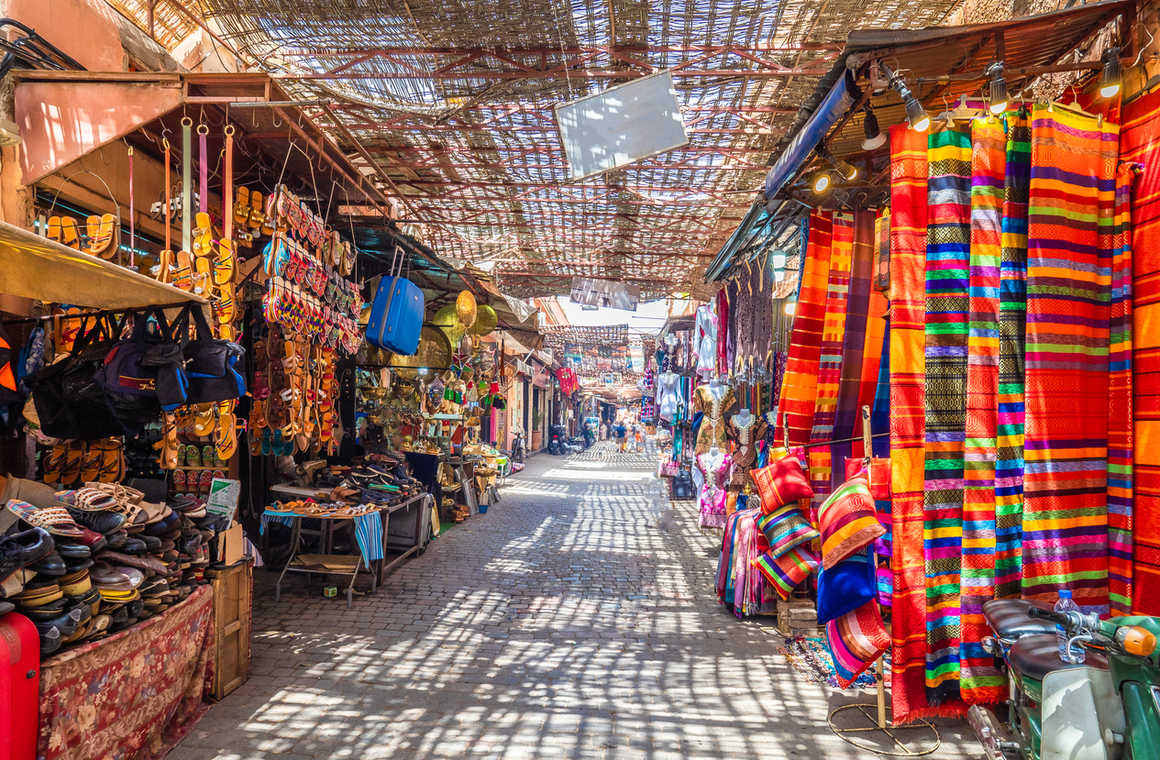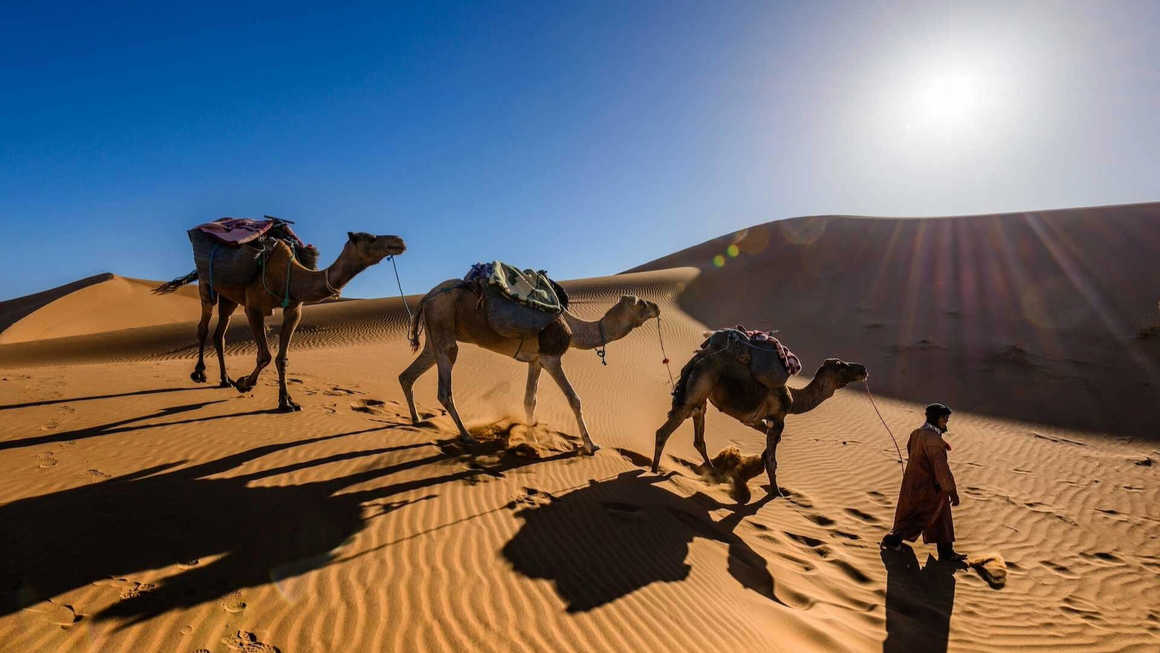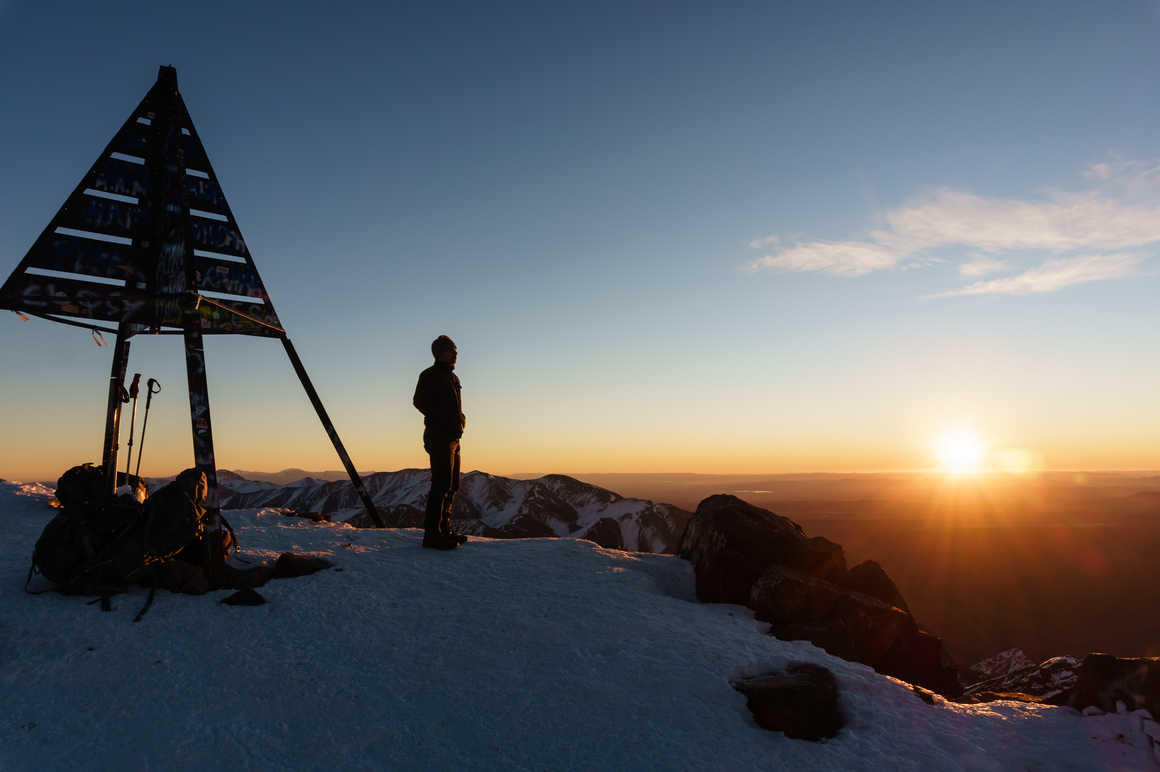The Best Things to do in Morocco
Morocco is a country influenced by many different cultures.
Its proximity to Spain, its occupation by France and the influences of north
Africa and the Middle East have all left their mark on the architecture,
cuisine, attire, infrastructure and even the language here. The predominant
language in Morocco is Arabic but you’ll find plenty of locals who speak
English and French, and Spanish is also spoken sporadically. This makes it
relatively easy to explore Morocco, to try various activities and sample all that
is on offer here.
During your visit to Morocco, you can do as much or
as little as you like. Hop from hamam to hamam for a restorative and relaxing
Arabian break or try one of the many adventure activities available. Spend time
trekking in the mountains or relaxing at the beach. Camp in the desert or
luxuriate at a high-end resort. Morocco has it all. This makes it an especially
excellent destination for explorers as you can climb high mountains then spend
time recovering afterwards, soaking in the magical culture of this fascinating
country the whole time.
It was pretty tough to narrow down the TOP 10 things to do
in Morocco as there are so many to choose from, but here are our teams list of
the best things to see and do.
Learn to haggle in Marrakech

While the capital of Morocco, Rabat, is steeped in cultural
history, Marrakech is probably the most famous city in Morocco. This vibrant
metropolis is a city of two halves with distinct old and new districts. First
time visitors to Morocco can choose to stay in more western accommodation in
the Ville Nouvelle, or new city, and use this as a base from which to explore.
More intrepid travellers may look for a riad in the medina, a traditional
Moroccan house, typically with a central courtyard inside or an auberge, which
is a small inn or hostel. Wherever you pick, the main square in the heart of
the old town in Morocco, Jemaa el-Fnaa, is the best place to try your haggling
skills.
You’ll find all sorts of handmade items, rugs, spices,
clothing, scarves and intricate jewellery on sale here and most vendors will
expect you to haggle for your souvenirs. This can be great fun for those who
love a bargain. Remember to treat your opponent with respect and carefully
consider how much you’re willing to pay before you begin negotiations, and you
may well find yourself with more than you bargained for! This writer once
received a marriage proposal and a job offer when bartering for a handbag here.
Visit a hammam
A hammam, or hamam, is a local bathhouse. They can range in
shape and size, from basic local baths to luxury spa-type facilities. To visit
a local hammam, you can visit one yourself for a few pence or take a guide with
you who will be able to introduce you to the proper customs, how to behave,
what to wear, what you need and organise for someone who does treatments. You
can get a massage or a body scrub, full body wrap or restorative clay
treatments depending on where you go. Moroccans visit the hammam to bathe,
gossip and relax. This is an unforgettable experience and you’ll come out
smelling incredible with the softest skin for days afterwards.
Go shopping in Chefchaouen
Chefchaouen is a small town in the north of Morocco, close to
the foothills of the Rif Mountains. This off the beaten track place has become
more and more popular due to its beautiful blue buildings. The colour of blue
is a theme wherever you go in Morocco and you’ll spot it in pottery and trinkets,
clothing and décor. Chefchaouen takes this one step further as most of the
buildings in the medina and many of those outside of it are painted in the most
beautiful shade of sky blue. The overall effect makes the town seem like a
haven of peace and tranquillity, which is mostly is. Base yourself here for
trekking into the Rif Mountains to stop by on your way from north Morocco
south. Chefchaouen to Marrakech is around 600km but much closer to Tangier for
those arriving by ferry or flying to Rabat.
Get lost in Tangier
Tangier is the gateway to Morocco and the rest of north
Africa due to its location at the northern tip of the country, on the banks of
the Strait of Gibraltar. The ferry crossing from Spain is around 2 hours from
Tarifa on the fast ferry or 6 hours from Malaga and there are multiple
crossings to choose from. The flight to Tangier from the UK is also less than 3
hours and this northern city makes a great place from which to explore as it is
the main transport hub for onward overland transport.
Tangier is the third largest city in Morocco in terms of
population and the souk here is over 700 years old. Between the walled markets
here and the wider city, Tangier is a hustling bustling hotchpot of culture and
a wonderful way to immerse yourself in the sights, sounds and smells of this
exotic country.
Spend a few days getting to grips with the city, sample the
eclectic café culture and get recommendations for where to head next, barter in
the souk or take in the retro glam architecture. Tangier once had an unsavoury
reputation but this rejuvenated city is more cosmopolitan than cringey these
days and is definitely worth a visit.
Camp in the Sahara Desert

The western shores of Morocco stretch along the Atlantic
coastline and north Morocco lies along the Mediterranean Sea, but did you know
that the southeast of Morocco is part of the Western Sahara? The Atlas
Mountains separate much of Morocco from the desert but take a little time to
foray into the wilds and camp with the nomadic Bedouin surrounded by sand and
stars and you won’t be disappointed.
Typically, there aren’t many roads into the desert, so
you’ll most likely have to travel by camel. Lollop through the dunes astride
one of these magnificent desert animals and immerse yourself in the peace and
quiet of the tranquil and treacherous Sahara. Camping out under the stars will
be a night away from mobile network, electricity, pollution and home comforts but
we promise they won’t be missed. Cook by candlelight and stay warm next to a
roaring fire. Have a traditional tagine prepared for you over the coals and
curl up inside a pile of blankets, rugs and skins. It may well be the best
nights sleep you’ve ever had!
Try kitesurfing
You might not associate Morocco with extreme sports but
there is a thriving adventurous side to this action-loving country. You can
surf many of the beaches along the Atlantic coast with Essaouira a firm
favourite for kitesurfing especially. For those who don’t know, kitesurfing is
where you attach your feet to a squat, squared off surfboard-like board and
attach a harness around your waist which is in turn attached to a rectangular
parachute. You then use the wind and waves to surf along the water.
For both kitesurfing and surf, Essaouira is just perfect.
The beach is a long, sandy cove which has an ideal amount of swell for budding
surfers and kitesurfers alike. You’ll find a wide choice of surf school
providers close to the water or for those who don’t feel like attaching
themselves to a parachute that is several meters long, take a pew along the old
battlements or recline on the sand and watch others harnessing the wind on the
waves.
You can try kitesurfing in Agadir, which is bigger and
busier than Essaouira or head into the Western Sahara to Dakhla where
international competitions are held each year. Kitesurfing in Dakhla is
something else but it is trickier to get to than Agadir or Essaouira.
Go trekking in the High Atlas
This is one of our personal favourite things to do in
Morocco, obviously. Trekking in Morocco is a unique experience as the
juxtaposition of the lively towns with the relatively empty mountains is a
stark contrast. You can experience Morocco treks in either the Rif Mountains in
the north or the Atlas Mountains further south. The High Atlas Mountains are
home to the highest peak in north Africa, Mount Toubkal, which at 4,167m high
is challenging but achievable for most people who put in the training. You can
either
climb Toubkal in winter and enjoy the cold conditions with snow
and ice to play in, or
trek Mount Toubkal in summer and escape the heat
of the towns and cities by escaping to the altitude of the mountains. We think
both are rewarding experiences and there are not many summits where you can
glimpse both the Sahara Desert in one direction and the Atlantic Ocean in the other!
Visit Ouzoud Waterfalls
Ouzoud Falls, or Cascades d’Ouzoud, are around 150km
northeast of Marrakech and are a collection of spectacular waterfalls that
attract many visitors. The surrounding countryside is home to many mills, both
working and abandoned and ‘Ouzoud’ in Berber means, the act of grinding grain. This
is one of the most picturesque places in Morocco and is popular with locals and
visitors alike. Take a hike with a guide while you’re there or trek to the
falls yourself. Try to avoid weekends and busy season as the trail will be
packed.
Take a food tour of Fez
The city of Fez is known as the cultural and spiritual
capital of Morocco and it is also the second largest city in the country. The
medina of Fez is a UNESCO World Heritage Site as it is one of the largest, and
indeed oldest, urban pedestrianised centres in the world.
It is this medina that we recommend finding some of the best
and most exciting cuisine in the whole of Morocco. Join an organised food tour
here and not only will you get to sample the delights of Moroccan food but
you’ll get an education in the history of Fez, where the food comes from and
how it is made. From local bread to sumptuous soups, tasty tagines and
delectable dates, honey, pastries, olives and mint tea. Oh the mint tea.
Sweetened so much you worry your teeth will fall out, it’s impossible not to
keep on drinking this national beverage. Visit an apothecary and learn about
medicinal herbs and investigate a typical Moroccan home and see how food
culture is at the heart of every family.
There really is no better place to munch your way through
than one of the largest markets in the world.
Grab a taxi
This might seem daft but getting used to the public
transport in Morocco is both an education and a delight. They have petit taxis,
so small cars, which can take up to 5 passengers and grande taxis, which will
try and get 6 in. These aren’t large cars, a grande taxi is a saloon car
typically and once hailed, will wait until it is at capacity before taking you
where you need to go. You’ll get up and close and personal, whether you want to
or not, with whoever you’re riding with. The cost is shared so it is an
inexpensive way to travel and you will often leave the car with offers of beds
for the night, places to stop at on your way back, people to meet and a son or
daughter in need of a husband or wife. To really get a feel for a place, there
is nothing like jumping head first into their quirky customs and this is a firm
favourite of ours.
Hopefully this has given you some idea of what Morocco is
famous for and how you can spend your time here. We love adding days to the
beginning of a trek to explore the cultural sights and sounds of Morocco before
heading into the mountains and taking a couple more days to relax and unwind by
the sea afterwards too. Speak to our team of travel experts when you book your
Morocco trek who will be able to recommend places to stay and what not to miss.













